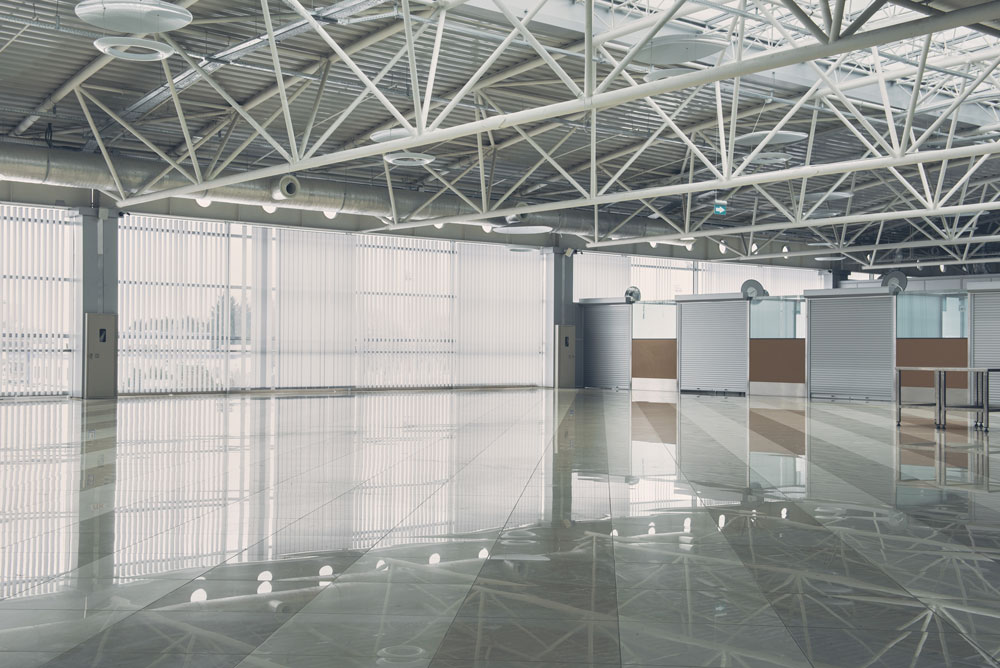The Role of Design in the Industrial Sector’s Demand
CRE’s industrial sector has seen massive waves of growth within the past few years. Investors from all around the globe simply can’t get enough domestic industrial properties, and expanding online retailers are eagerly compiling huge portfolios of warehouse spaces in order to better meet consumer demands.
With all these factors fueling the unprecedented demand for industrial properties, this CRE sector is also undergoing another kind of transformation – design. The days of big, grey and boring warehouses are gone. The industrial properties being developed today are having to step up to the plate to meet the needs of contemporary society.
Let’s look at how the design scheme of industrial assets is transforming, and explore some examples in the field that are making some serious headway.
Changing Beliefs About Business
The common notions of professionalism are being disrupted across all platforms. It only takes a simple observation into modern offices, educational facilities, and workplaces to see that things aren’t how they used to be – and it’s changing fast.
In the past, business was business. It was black and white, straightforward, and direct. In order to be viewed as a professional, businesses had to fit inside the box. However, it’s 2019 and we’re seeing every color of the rainbow included in the workforce. The ‘box’ is being utterly deconstructed as people are trying to find more effective and creative ways to do things.
In order to be successful within our modernized world, businesses are being forced to adapt to these new roles of professionalism. The trend of creativity and fun within businesses is spreading like wildfire across sectors, and it’s now even prevalent in industrial spaces.
Experience-centric Environments
As technology steadily encroaches into every facet of society, our capacity is expanding at never before seen rates. With this, people are wanting more – of everything. However, it’s not about collecting or owning things, it’s about the experience.
Stimulus is one of the most fundamental needs of the up and coming generations, and to Millennials, the experience is everything. Studies show that 89% of companies compete primarily on the basis of consumer experience – demonstrating that businesses are catching on and extending this into their warehousing.
Development Rooted in Design
In order to actualize these new notions within the country’s business scheme, it all lies in design. As the way we define the professional world continues to change, these emerging beliefs need to be prevalent within the spaces itself. Today’s industrial assets are being developed into hip offices with amenities galore. That’s where design steps in as the driving force that makes it all possible.
Experts at Biznow state, “Fueled by deindustrialization, less manufacturing, a demanding younger workforce and a new generation of employers adapting to a changing workplace landscape, a creative movement is occurring in CRE’s industrial sector.”
The California headquarters of the popular shoemaker TOMS includes a roundabout slide that brings employees down to the first floor. Google turned an LA warehouse space into a 450K SF office featuring event space, a cafe, and even a gym. This is just the beginning. With this trend of creative reuse dominating the industrial sector, who knows what we’ll see in the future?


